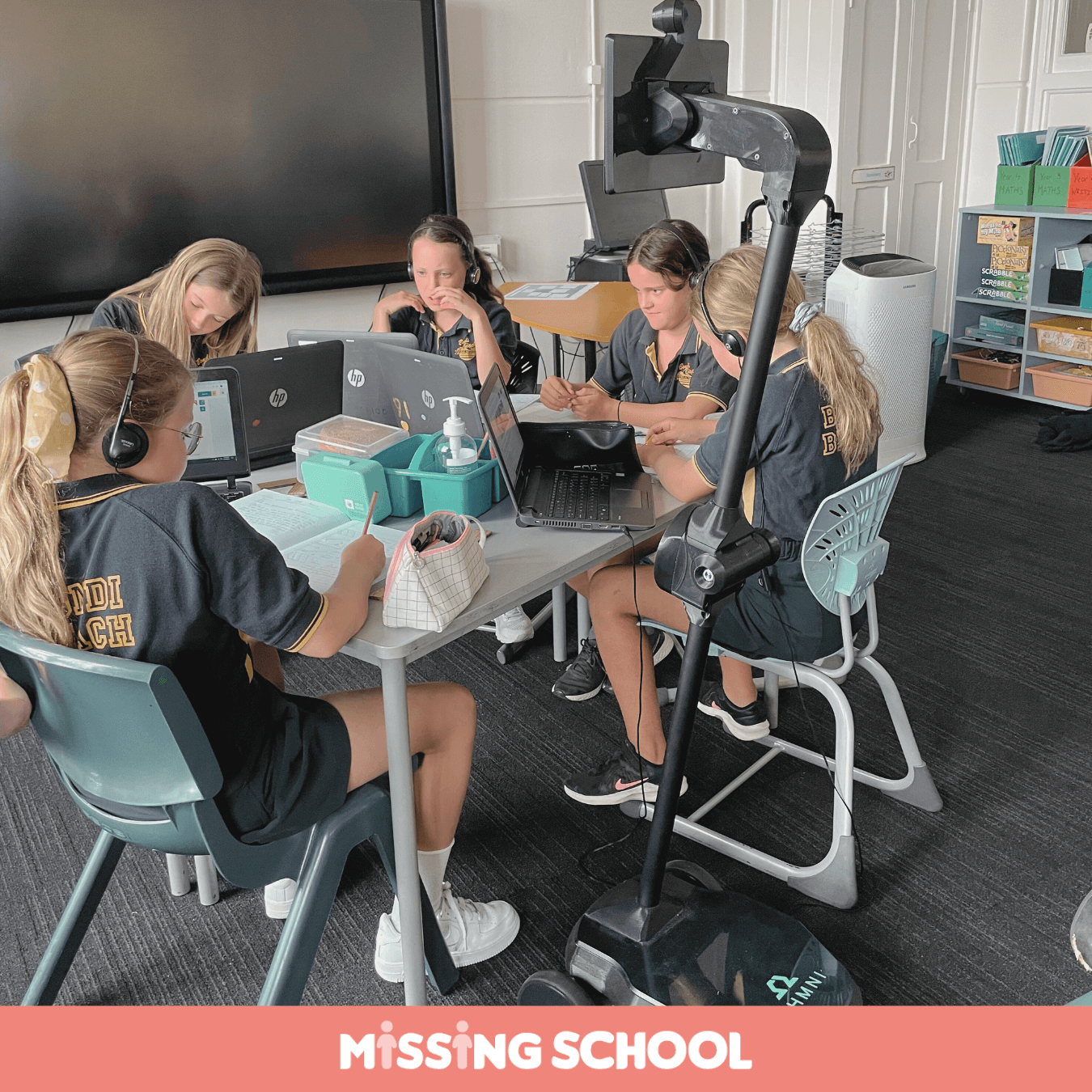Inspired by some compelling success stories, this week’s newsletter turns its focus to the art of creating highly effective telepresence robot placements. Rooted deeply in the power of teamwork, the potential of placements is unleashed when everyone brings their unique strengths to the table. Join us as we explore key strategies designed to promote collaborative success and maximise the benefits of this technology!
“Technology is just a tool. In terms of getting the kids working together and motivating them, the teacher is the most important.” – Bill Gates
The first key strategy is the role of the School Coordinator. Tasked with liaising with MissingSchool, implementing the Telepresence Inclusion Plan, managing the robot, and monitoring the student’s needs, the School Coordinator is the lynchpin of successful telepresence robot placements. Additionally, if a student transitions to a new school, the Coordinator works closely with MissingSchool to establish a smooth transition plan.
Beyond the Coordinator, there are a wealth of ways the broader school community can bolster a successful placement!
- Handling the robot with care. This includes making sure the telepresence robot is switched on, fully charged, and treated with respect by classmates. Assigning a designated buddy for these tasks can be a game-changer.
- Providing learning resources. Getting resources to the sick student in advance of lessons, and facilitating their participation in hands-on activities from wherever they are, can enhance their learning and social experience.
- Varying opportunities for participation. Including the sick student in one-to-one, whole class, and group teaching and learning activities opens up opportunities for timely academic support and socialisation.
The sick student’s set-up and readiness to dial in is pivotal to achieving a smooth placement. Many best practices are common to regular video calls.
- Dialling in from a quiet and private setting. Seating the student with their back to a wall, and minimising the number of people in the room, aids student concentration and maintains the privacy of the teacher and classmates in the classroom.
- Using reliable internet and technology. Using a reliable internet connection and a quality headset with a microphone maintains audio-visual integrity on both sides of the connection.
- Staying a step ahead of the technology. Keeping logins and troubleshooting instructions close by can help smooth out any delays or technical issues that may arise for the student at home or in hospital.
Hospital Schools (where involved) have a crucial part to play as well. Their unique position allows them to liaise effectively with healthcare teams. Hospital school teachers can assist students with logins, wi-fi connection, headphones, and even provide devices for dialing into the telepresence robot at the regular school.
Hospital schools can also have the Telepresence Inclusion Plan added to the student’s medical file and support the student to display an ‘in class’ sign nearby when the student is on a call to their classroom.
In summary, while the telepresence robot offers significant benefits, it doesn’t replace the critical support and resources provided by carers, schools, and hospital schools. Instead, the telepresence robot works in conjunction with these.
To wrap up, we hope you find these tips beneficial for establishing an effective telepresence robot placement at school. And, remember, while technology can unlock amazing opportunities, it’s people, like you, who are leading the charge.
There are many ways to help:
- follow along and cheer us on Facebook, Instagram, and LinkedIn
- share this newsletter with your family, friends, or colleagues so we can reach more sick kids, and
- donate towards getting a seriously sick child back into their classroom.
Every action moves us closer to the finish line: a world where every sick child is seen and heard.
Let’s keep connecting.
